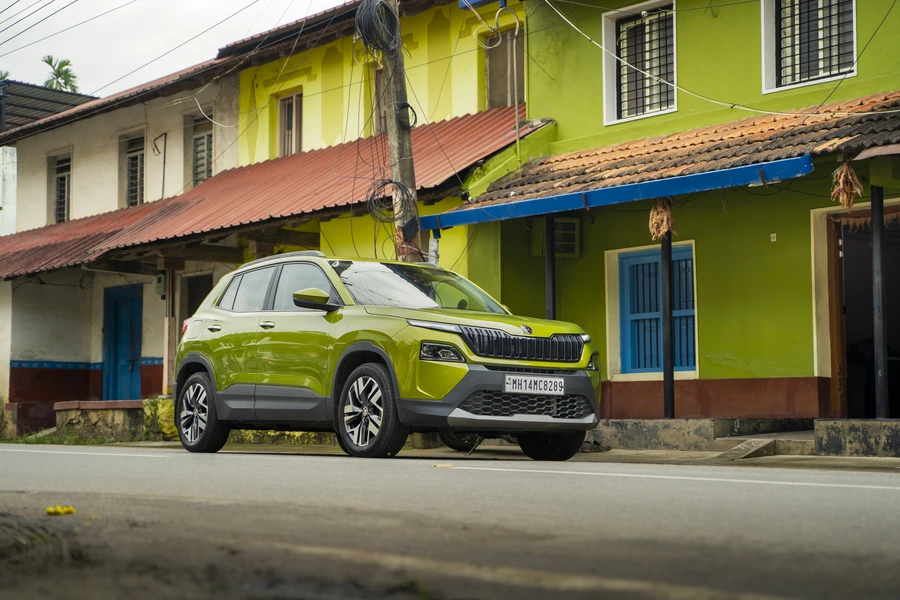In an age dominated by artificial intelligence and algorithms, there is something quietly powerful about stepping into a place where the oldest living language in the world is still spoken as part of daily life. Our destination, Mattur, is one of those rare places, an unassuming village in Karnataka’s Shivamogga district where Sanskrit is not just preserved in scriptures but actively used in homes, streets, and markets. It is the perfect backdrop for the Skoda Kylaq, a compact SUV whose name is derived from Sanskrit and translates to Crystal.
Leaving Bengaluru before sunrise, we hit the open roads. The Kylaq settles into the road effortlessly. Its 6-speed torque converter automatic transmission feels very responsive and smooth. Manual mode allows for physical control either during overtakes or twisting roads. The 1.0-litre TSI engine feels well engineered and gives you a sense of confidence on the highway. That turbo petrol stays quiet when cruising, but is very responsive when the throttle is pressed harder. At 100 km/h, the cabin remains impressively hushed, the kind of refinement that makes long drives an absolute breeze.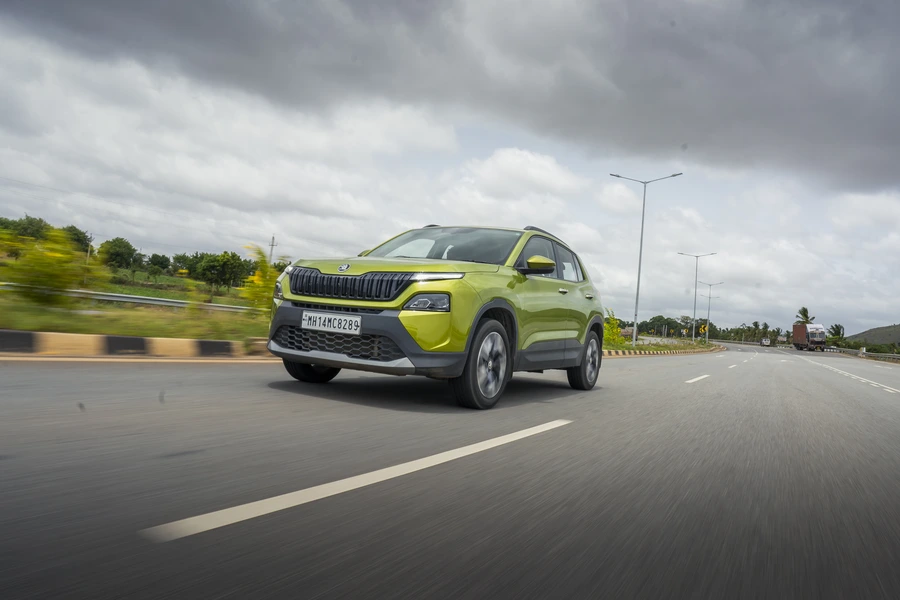
Once we take a diversion for Mattur from Shivamogga, we are deep into Karnataka’s countryside. The roads narrow, the air changes, and the Kylaq’s Electronic Diff Lock kicks in to keep us tight on some of those twisty state highway roads leading up to Mattur. The suspension feels well-tuned to Indian conditions. It soaks up rough patches without fuss while still staying tight through the corners. Even on broken village roads, the Kylaq does not feel out of place it reminds you that this is an SUV designed with both European pedigree and Indian reality in mind.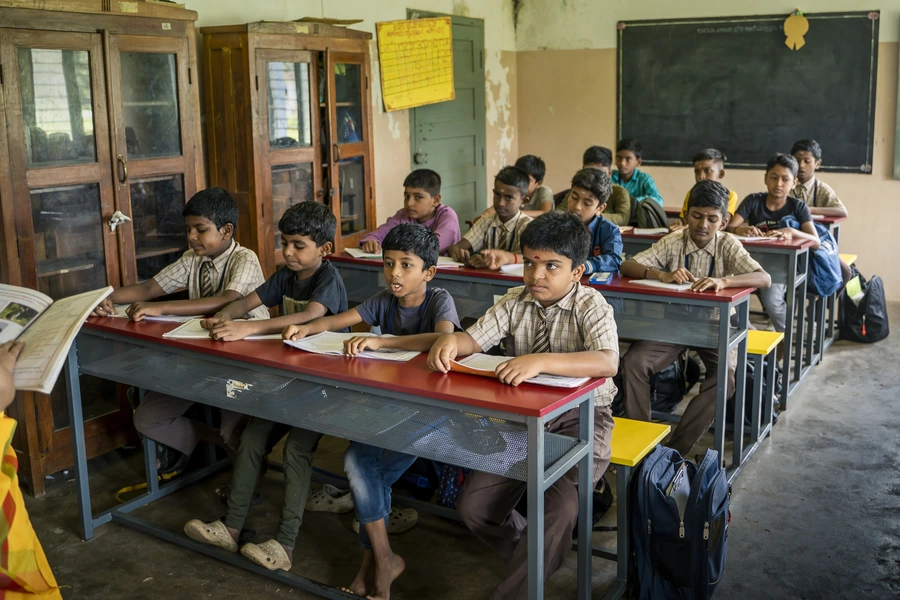
The charm of this village is not in grand architecture or flashy tourism, it is in its conversations. Here, Sanskrit has been brought back to life in a way that is almost unheard of. By the early 1980s, Sanskrit had nearly disappeared locally. In 1982, village elders initiated a revival effort by conducting a successful 10-day Sanskrit course for children and youth. That single effort sparked a cultural movement, one that would ripple across generations. Today, Sanskrit instruction begins at the Montessori level itself through nursery rhymes and stories, and it is compulsory in both primary and high schools. Children grow up learning not just to recite Sanskrit, but to use it as naturally as any other language.
The roots of this village run even deeper. Mattur was originally settled by Vedic scholars who migrated from Palghat in Kerala. The Vijayanagara emperor Krishnadevaraya, known for his patronage of culture, gifted Mattur and the nearby village of Hosahalli to these scholars. Since then, their descendants have continued cultivating the soil and preserving their heritage with equal devotion. Out of Mattur’s population of about 5,000, around 1,000 residents are well conversant in Sanskrit, according to the 2011 Census. That is not just a statistic, it is the living proof of a revival that has succeeded against all odds.
The village has also produced several notable cultural figures. Vedic scholar Markandeya Avadhani, Padma Shri awardee Mattur Krishna Murthy, and Kumarvyasa Gamaka awardee Hosahalli Keshava Murthy all trace their roots here. Their contributions have helped keep Sanskrit not only relevant but celebrated in modern India. Walking through the lanes, you feel that weight of heritage.
The village sits by the Tunga River, filled with plantations and paddy fields. Daily life moves at an unhurried pace, temple bells ringing in the background, village elders gathering under banyan trees, and murals carrying verses that have been spoken for years on end. It feels like a scene lifted straight out of an R. K. Narayan novel. It is traditional, yet connected to the world, with many of Mattur’s residents working in technology and engineering while keeping this ancient language alive.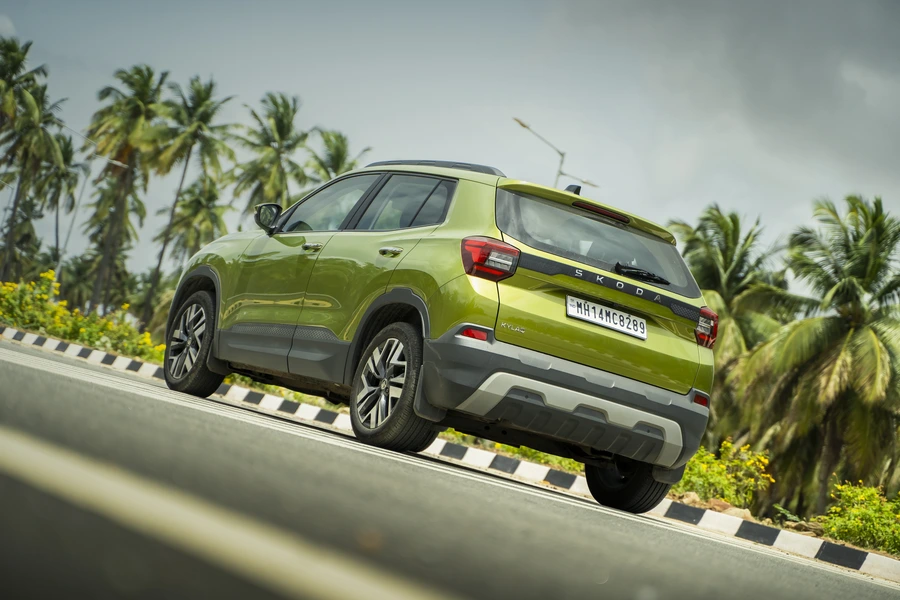
It’s here that the Kylaq’s name suddenly makes sense. Skoda could have gone with a generic alphanumeric badge or borrowed from some European tradition, but instead, it chose to reach back into Sanskrit, a language that is precise, structured, and timeless. Just like Mattur shows how Sanskrit can adapt to the walks of modern life, the Kylaq embodies the idea of tradition meeting technology. And as Skoda Auto celebrates 130 years of global legacy and 25 years of operations in India, this name feels even more symbolic. For Skoda, it isn’t just a nameplate, it’s a signal to India that the brand is listening, respecting, and rooting itself in a culture that has endured for centuries.
Driving through Mattur’s narrow lanes, the Kylaq’s size feels just right, commanding yet not too bulky. It feels urban enough for Bengaluru’s traffic yet rural-ready for a village like this. Inside, the ventilated seats are a welcome relief from the warm afternoon sun, while electric seat adjustment and a sunroof add to the experience. Skoda’s infotainment system, with wireless Android Auto and Apple CarPlay, means you can slip between music, maps, and calls without wires tangling around the cabin. And always in the background, the assurance of a 5-star BNCAP safety rating and six airbags, quietly doing their work.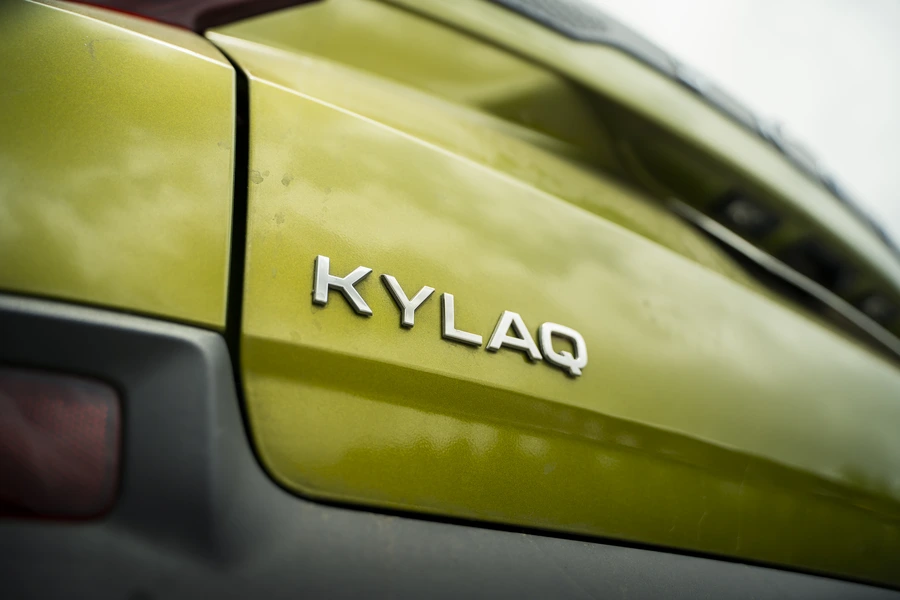
It’s worth noting how the Kylaq brings a sense of calm to journeys like this. The steering is light at slow speeds, making narrow turns effortless, yet it weighs up nicely on highways. Visibility is excellent, thanks to the slightly elevated driving position and thoughtfully designed windshield. Even the rear seats deserve mention, ample knee room, supportive cushioning, and rear AC vents make long drives comfortable for passengers, not just the driver.
As we finish our time spent at Mattur, we head back to Bengaluru in the comfort of the Kylaq’s cabin. Even the phones are charging on the wireless charger after some lovely photography, as you can see. The evening sun fades, the highway lights begin to glow, and the Kylaq’s LED headlamps cut through the dark. On an empty stretch of road, you find yourself appreciating the way modern cars like this can make distance feel shorter, the way comfort and technology reduce fatigue.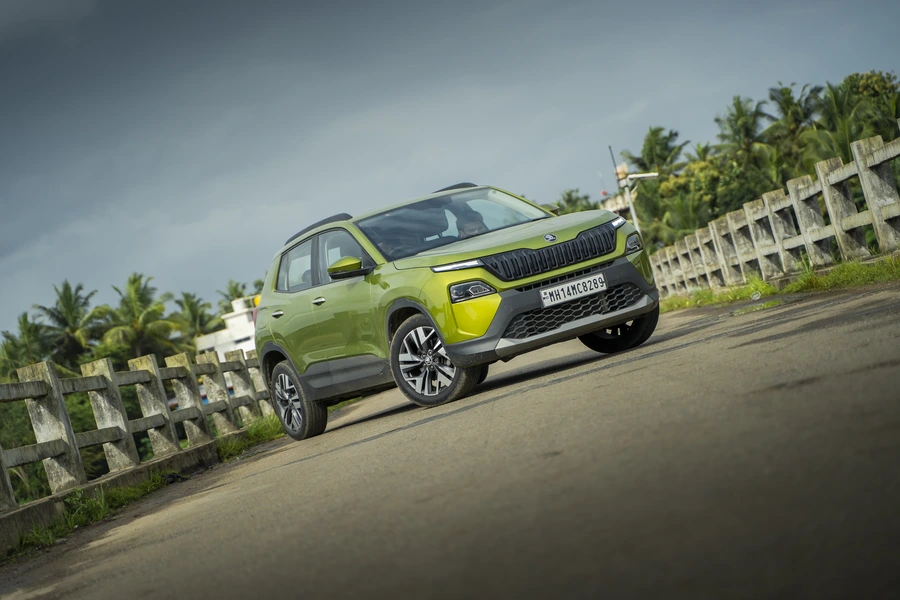
By the end of the journey, something becomes clear, the Kylaq and Mattur are not opposites, they are reflections. One is a village that has carried an ancient language into the present. The other is a modern SUV that nods to that language while carrying us into the future. Both stand as reminders that tradition and progress are not at odds but can coexist beautifully one spoken through timeless words, the other through the quiet exhaust note of a well-engineered SUV.

